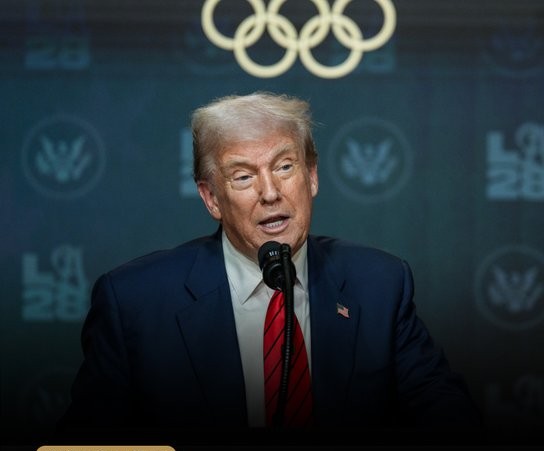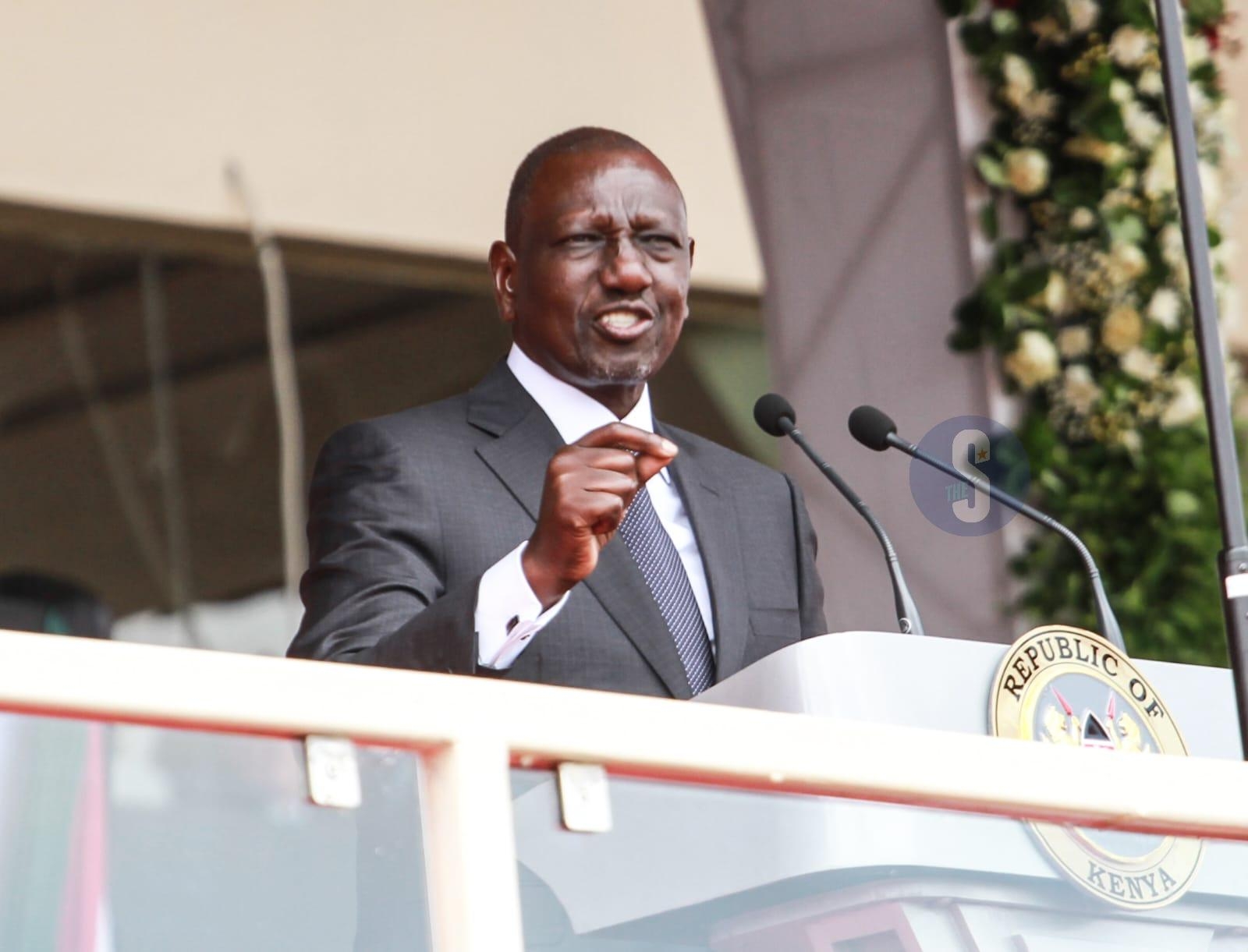
 US President Donald Trump/SCREENGRAB
US President Donald Trump/SCREENGRABA new wave of US tariffs is poised to reshape trade
relations with Africa.
President Donald Trump has implemented a tiered system of
import taxes, in a move seen as a way to correct trade deficits.
Since they were announced, the tariffs raised concern across
the African continent. The tariffs, which took effect on August 7, following
months of uncertainty.
They are a significant departure from previous US trade
policy, African Growth and Opportunity Act (AGOA), which offered duty-free
access to the US market for many African goods, is set to expire.
The new tariffs largely override AGOA provisions.
For some African nations, the tariffs are a painful reality.
The most significant tariffs are targeted at countries with large trade surpluses
with the United States, including South Africa, Algeria, and Libya, which are
among those hit hardest.
South Africa faces a 30% tariff on most of its exports to
the US. The country is a major trading partner for the US. Officials in South
Africa say that up to 30,000 jobs are at risk.
Algeria and Libya are also facing a 30% tariff. Their
exports to the US are heavily dominated by oil.
Tunisia is another country with a high tariff of a 25% on
its goods to the US. This is a particularly hard hit for Tunisia's craft and
textile industries. The US is a major buyer of these handmade goods.
Other African countries are facing a 15% tariff including Angola,
Botswana, Côte d'Ivoire, the Democratic Republic of Congo, Ghana, Lesotho,
Madagascar, Malawi, Mauritius, Mozambique, Namibia, Nigeria, Uganda, Zambia and
Zimbabwe.
For many of these nations, this 15% rate is lower than
initially proposed.
Lesotho, for example, had been threatened with a staggering
50% tariff.
Its textile industry, a major employer, was in crisis and the
reduced rate to 15% offers some relief, but the cost will still be significant.
Madagascar, which had faced a 47% proposed tariff, will now
also be subject to the 15% rate. This is similar for Botswana, which had a
proposed 37% tariff, and Angola, which was looking at 32%.
Critics still see rates, despite being lower, as a new and
significant barrier to trade.
Nigeria's tariff was raised slightly from an initial 14% to
15%, primarily affecting non-oil exports, like cocoa.
Oil, which makes up most of its US shipments, has been
exempted in some cases.
The remaining African countries will be subject to a 10%
baseline tariff.
This rate applies to countries with smaller trade surpluses or deficits with the US. While lower, it is still a new cost for exporters.
These
countries include Benin, Burkina Faso, Burundi, Cape Verde, the Central African
Republic, Comoros, Congo-Brazzaville, Djibouti, Egypt, Eritrea, Eswatini,
Ethiopia, Gambia, Guinea, Guinea-Bissau, Kenya, and Liberia.
Economists and trade analysts believe the tariffs could push
African nations toward stronger regional trade. It could also lead them to seek
new markets. The US, once a key trade partner for Africa, has made its market
more difficult to access.
















